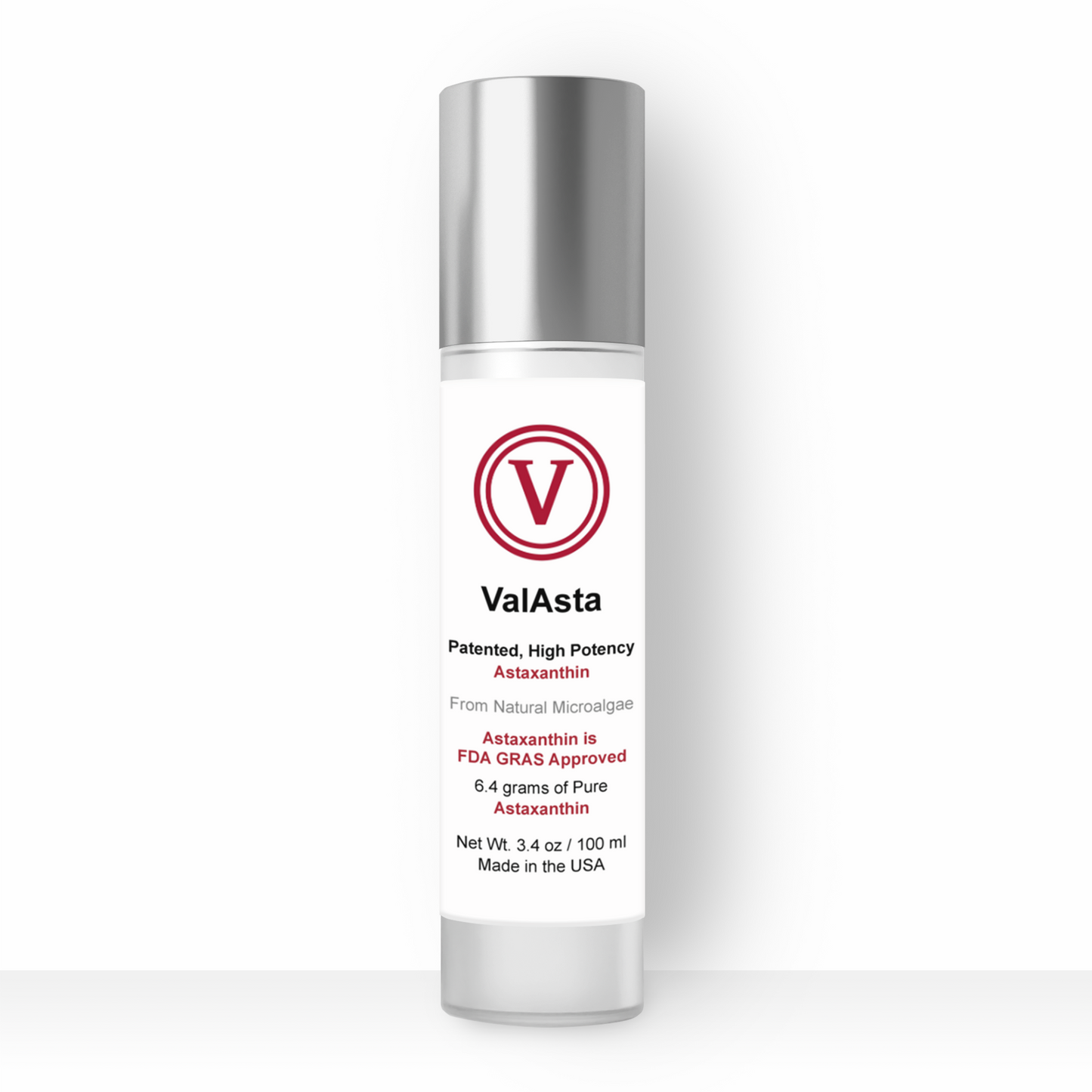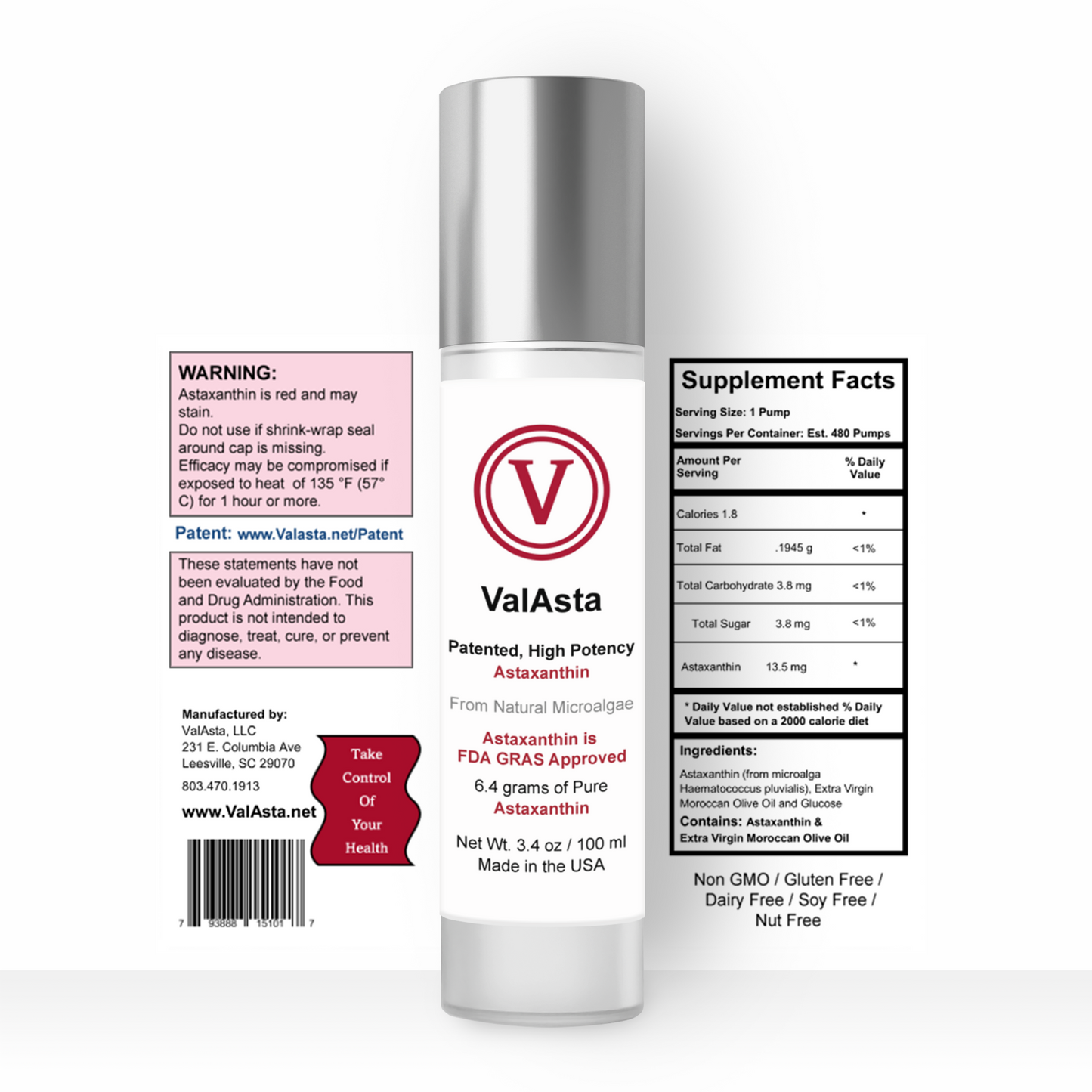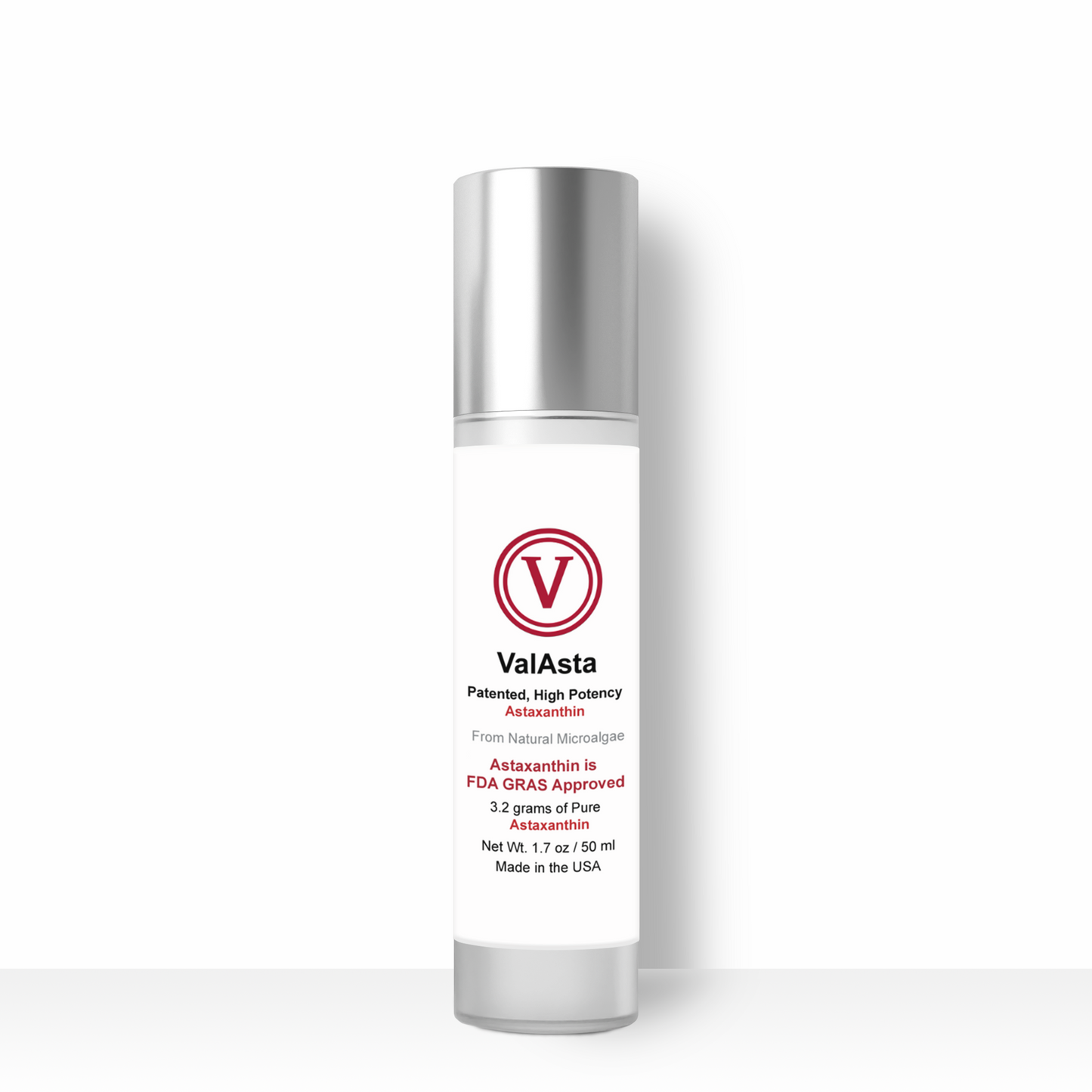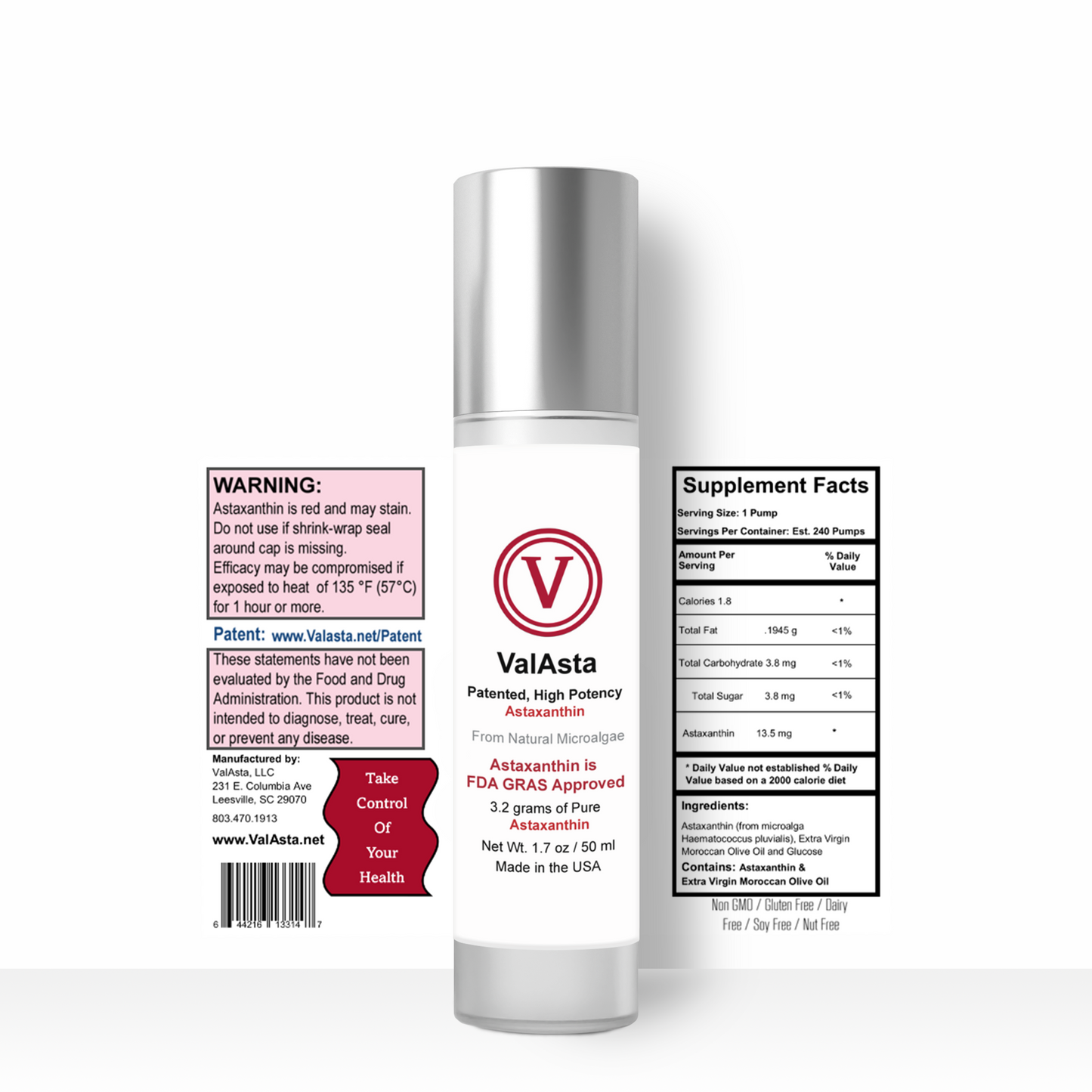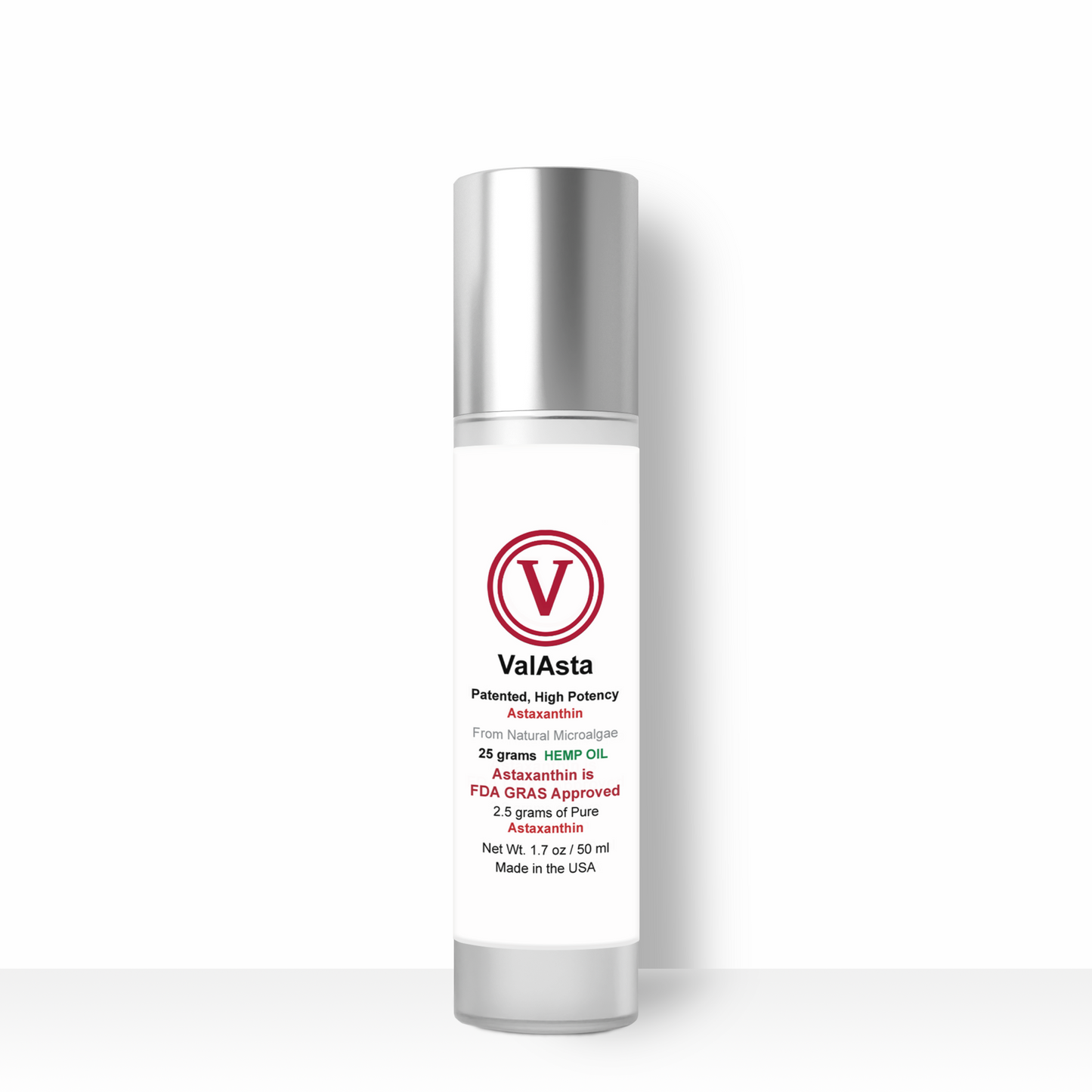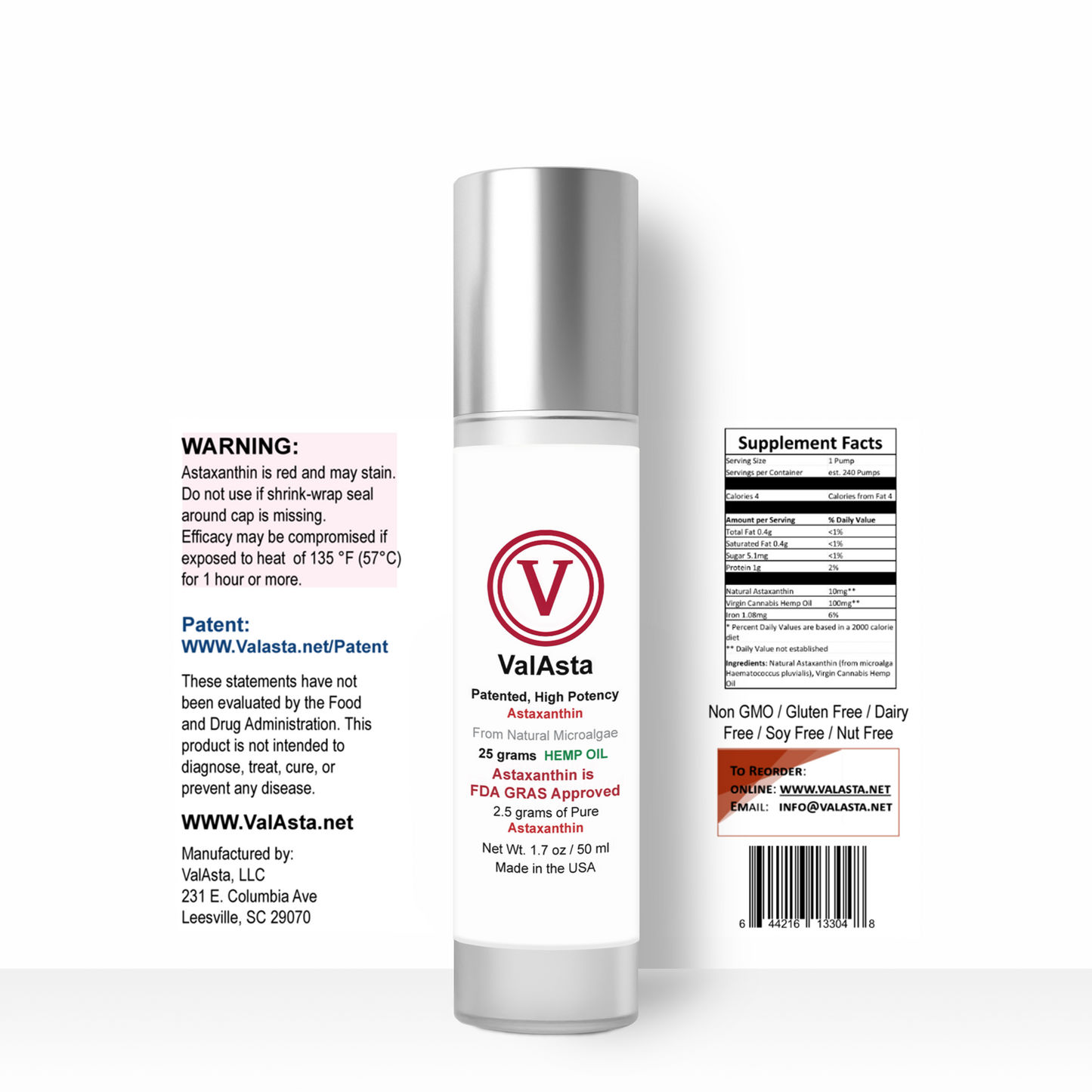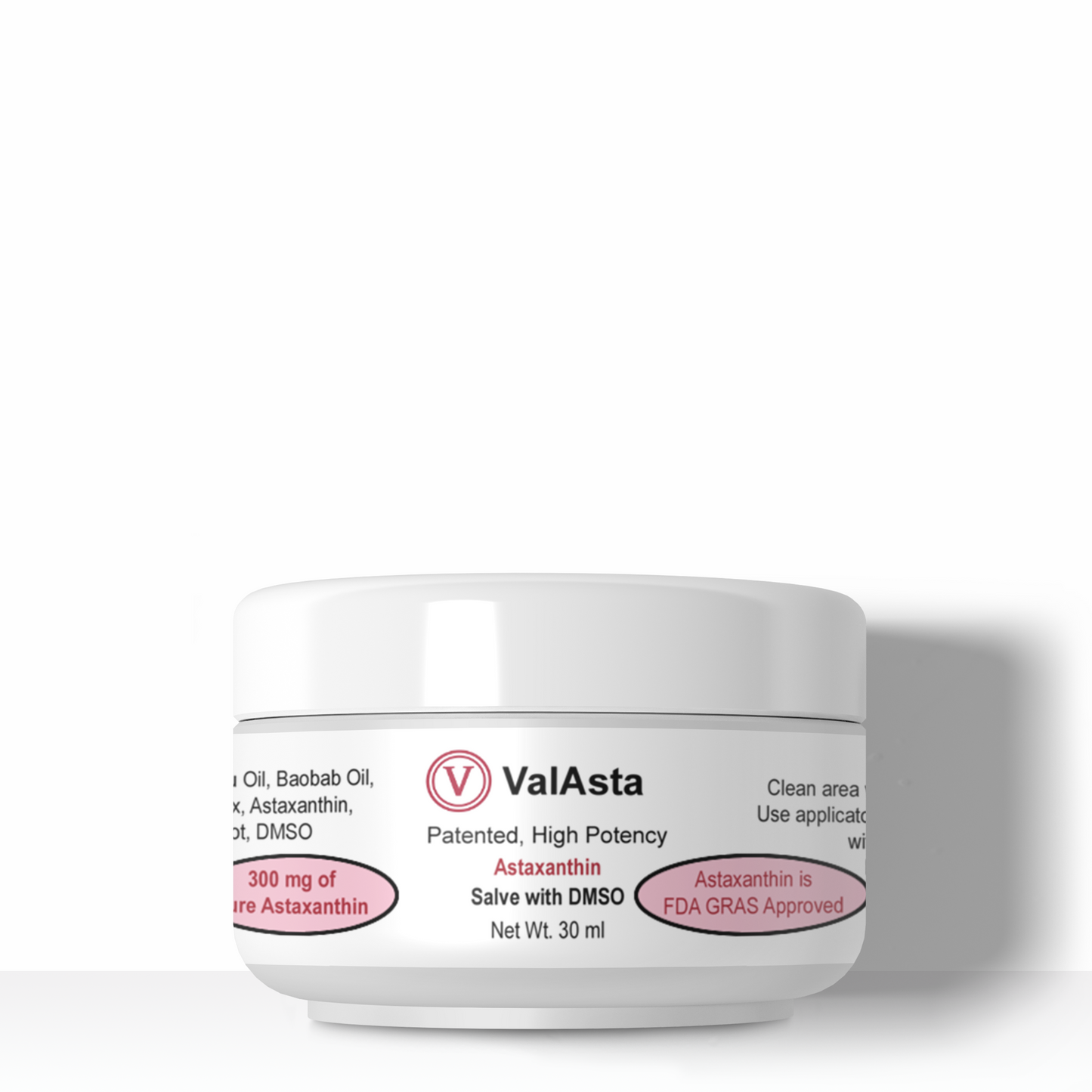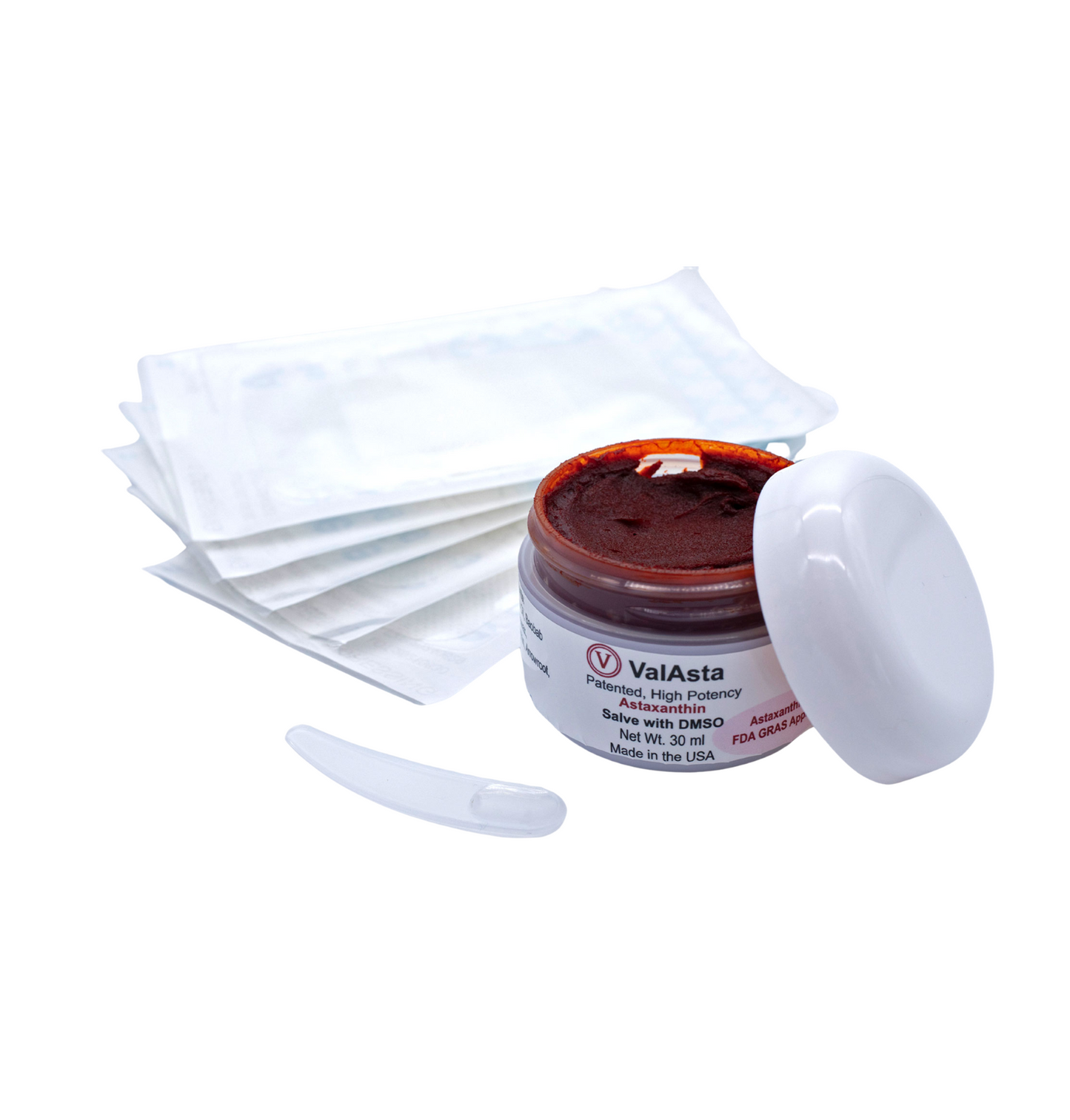
The answer is “NO”.
Written by Samuel Shepherd
Date: 11/22/2023
During the last 20 years, studies have suggested several hypotheses about how estrogen metabolism might influence the risk of breast cancer.
Estrogen levels peak at the age of 28 years on average in women, yet cancer rates are the lowest.
A. 
B. 
Fig. 1 (A) estrogen levels vs age (B) Breast cancer vs age
As can be seen, women with the highest estrogen levels have the lowest incidence of cancer. Why is this? Why does the medical industry correlate high estrogen levels with breast cancer?
ESTROGEN CLEARLY DOES NOT CAUSE CANCER! But the reaction with the hydroxyl free radical produces metabolites that are carcinogenic.

Fig. 2 Estrogen reacts with OH free radical to form 4-hydroxylestrone and many others as shown in Fig. 3

Fig. 3 These cancer metabolites are derived from the hydroxylation of estrogen.
It is now known that the increased levels of ROS -Reactive Oxygen Species (OH, Super oxide, peroxyl and singlet oxygen) convert estrogen into the carcinogenic components found in Fig 3. The sex hormone metabolites in the urine samples of patients with breast cancer versus normal healthy women were analyzed comprehensively. Among many alterations of sex hormone metabolisms, 4-hydroxy estrogen (4-OH-E) metabolite (Fig. 2) was found to be significantly increased in the urine samples of patients with breast cancer compared with the normal healthy controls. This was the most important risk factor for breast cancer.
Current treatment is based on reducing estrogen levels to decrease this risk. This is shown to be ineffective with unsustainable side effects.
ValAsta takes a much more effective approach by reducing the OHo free radical (ROS) concentration. This approach reduces the risk of acquiring disease and inflammatory disease state of the patient without any side effects and has no effect on estrogen levels.
Accruing evidence, primarily laboratory based, suggests substantial differences in the genotoxic, mutagenic, and proliferative activities of various estrogen metabolites (EMs) and their contributions to mammary carcinogenesis [1-4]. Estrogenic hormones, estrone (E1), estradiol (E2), and estriol (E3), are metabolized in the C-2, C-4, or C-16 pathways by a series of oxidizing enzymes in the presence of hydroxyl free radicals in the cytochrome P450 family, resulting in 2-hydroxyestrogen (2-OH-E), 4-hydroxyestrogen (4-OH-E) and 16-hydroxyestrogen (16α-OH-E), respectively. These metabolites can have stronger or weaker estrogenic activity and may often determine the mutagenic or carcinogenic potential of an estrogen, and thus increase a woman’s risk of breast, uterine and other cancers.
But why?
Young women (age 12 to 40) produce a cellular antioxidant called glutathione up to the average age of 42. Glutathione reduces the hydroxylation of estrogen into cancer-causing metabolites, thereby reducing the risk of cancer at these young ages. After this age glutathione levels can drop by as much as 90%. This decrease in the glutathione levels causes an increase in ROS levels. As these ROS levels increase, the mutagenic, carcinogenic reactions and inflammatory diseases also increase. This increases the concentration of cancer-causing metabolites and increases the risk of acquiring inflammatory diseases such as cancer, heart disease, arthritis, II Diabetes, Alzheimer’s, Parkinsons etc,
ValAsta is 22 times more effective than glutathione and can be taken orally with no side effects. The efficacy can be measured by a simple blood test known as hsCRP. If this level is maintained below 3 mg/l, these metabolic reactions are greatly reduced, thereby reducing the probability of acquiring inflammatory diseases, including cancer. Keeping the hsCRP less than 3mg/l has been shown to reverse preexisting disease.

